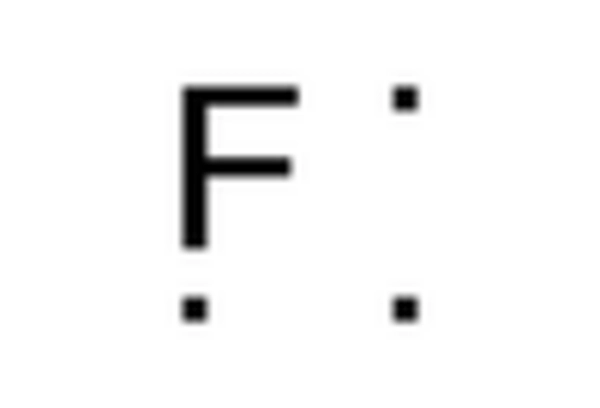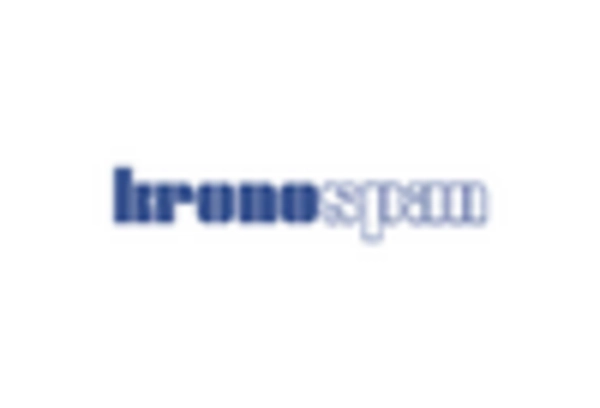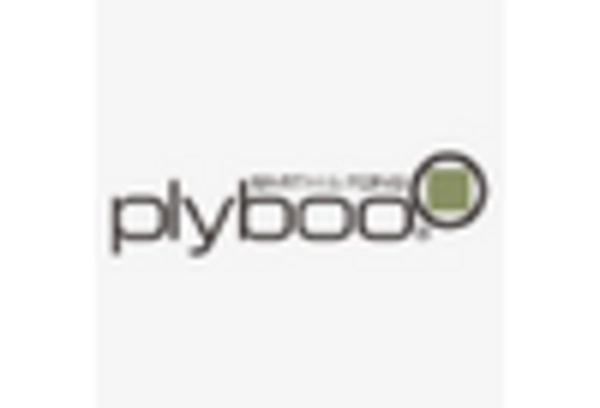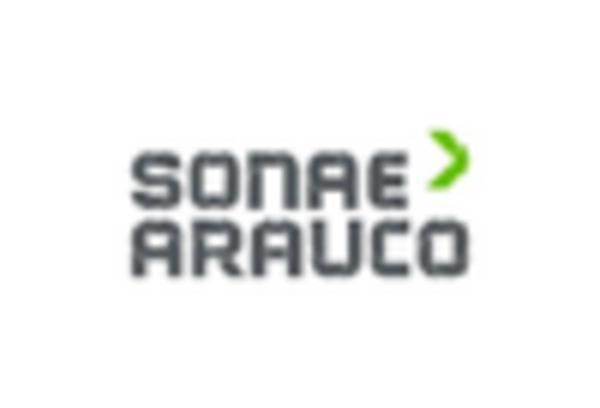The Decorative Veneer Market is currently characterized by a dynamic competitive landscape, driven by increasing demand for sustainable and aesthetically pleasing interior solutions. Key players such as Kronospan (AT), Arauco (CL), and Egger (AT) are strategically positioned to leverage their extensive product portfolios and innovative manufacturing processes. Kronospan (AT) focuses on enhancing its product offerings through continuous innovation, while Arauco (CL) emphasizes sustainable forestry practices, which resonate well with environmentally conscious consumers. Egger (AT) has adopted a regional expansion strategy, targeting emerging markets to bolster its market presence. Collectively, these strategies contribute to a competitive environment that is increasingly focused on sustainability and innovation.
In terms of business tactics, companies are localizing manufacturing to reduce lead times and optimize supply chains, which is particularly crucial in the current market climate. The Decorative Veneer Market appears moderately fragmented, with several key players exerting influence over their respective regions. This fragmentation allows for niche players to thrive, while larger companies consolidate their market share through strategic partnerships and acquisitions.
In August 2025, Kronospan (AT) announced the launch of a new line of eco-friendly decorative veneers, utilizing recycled materials in their production process. This initiative not only aligns with global sustainability trends but also positions Kronospan (AT) as a leader in environmentally responsible manufacturing. The strategic importance of this move lies in its potential to attract a growing segment of eco-conscious consumers, thereby enhancing brand loyalty and market share.
In September 2025, Arauco (CL) unveiled a partnership with a technology firm to develop advanced digital solutions for their supply chain management. This collaboration aims to enhance operational efficiency and reduce costs through improved data analytics and real-time tracking. The significance of this partnership is underscored by the increasing reliance on technology to streamline operations and respond swiftly to market demands, which is essential in today’s fast-paced environment.
In July 2025, Egger (AT) expanded its manufacturing capabilities by investing in a new facility in Eastern Europe, aimed at increasing production capacity and reducing delivery times. This strategic expansion is crucial for Egger (AT) as it seeks to penetrate new markets and meet the rising demand for decorative veneers in the region. The investment reflects a broader trend of companies seeking to enhance their operational footprint to remain competitive.
As of October 2025, the Decorative Veneer Market is witnessing significant trends such as digitalization, sustainability, and the integration of artificial intelligence in production processes. Strategic alliances are increasingly shaping the competitive landscape, allowing companies to pool resources and expertise. Looking ahead, competitive differentiation is likely to evolve from traditional price-based competition to a focus on innovation, technological advancements, and supply chain reliability, as companies strive to meet the changing preferences of consumers.


















Leave a Comment